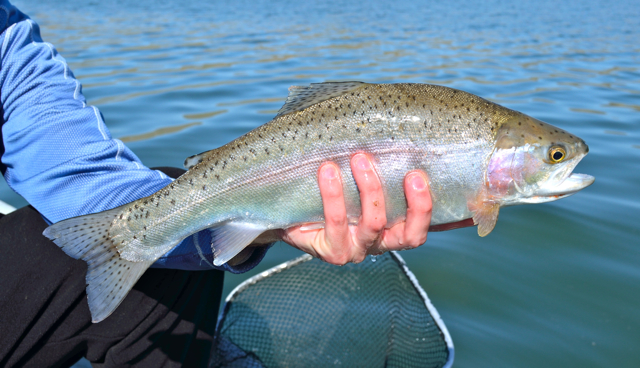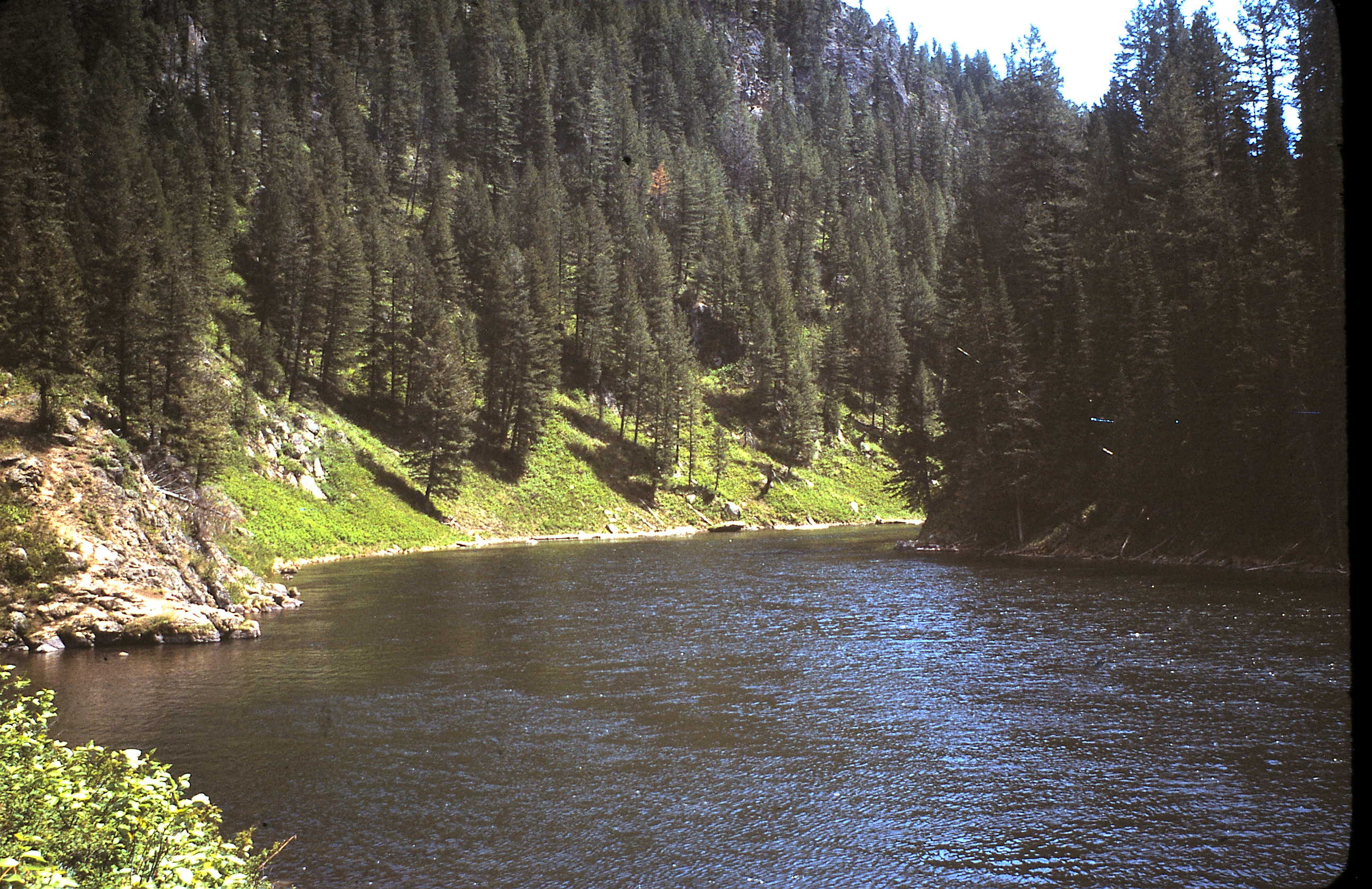Henry’s Fork, September 7th, 2021
BWOs are beginning to show during afternoons on the lower river. These are small (#18-20), but fish are becoming interested . It’s a good sign that the river is cooling and indicates that streamer fishing will become more effective as we advance toward the fall season ,
Excerpts from Rob Van Kirk’s Henry’s Fork drainage status as of today follow.
Headlines:
- Dry weather over the past two weeks has dropped water-year precipitation to 81% of average, down from 82% after the mid-August rains.
- Diversion has decreased by 140 cfs over the past four days, while natural flow has stayed constant, increasing streamflow in the lower Henry’s Fork to around 200 cfs above its target flow.
- At an average outflow of 490 cfs, Island Park Reservoir has dropped 200 ac-ft/day over the past three days and is 42% full, compared with 47% full on average and 15% full in 2016.
Details:
As forecast, weather over the long weekend was warm, dry and smoky. Mean temperature over the three-day weekend was 2 degrees F above average. Yesterday’s mean and maximum temperatures were the warmest since August 17, the day before the four-day mid-August rain event. Dry weather since then has lowered water-year precipitation from 82% of average to 81% of average. Warm temperatures will continue for the next several days before dropping to average at the end of the week. Precipitation chances increase on Friday, but timing of precipitation for the weekend and early next week is uncertain. Regardless of timing, amounts look light at this point—a few hundredths of one inch in the valleys to around one-third inch in the mountains.
After increasing for a week or so, diversion has dropped 140 cfs since Thursday and was 80% of average yesterday. Total diversion for the irrigation year so far has dropped to 92% of average. Natural flow has stayed roughly constant since receding from the mid-August rain and was 71% of average yesterday: 69% in upper Henry’s, 68% in Fall River, and 79% in Teton River.
Based on Thursday’s conditions, when streamflow in the lower Henry’s Fork had dropped back to its irrigation-season target, outflow from Island Park Reservoir was increased by around 90 cfs on Friday morning. However, daily fluctuations of 100-200 cfs at Ashton Dam were larger in magnitude than either the flow increase or daily changes in diversion, making it difficult to determine actual conditions in the lower Henry’s Fork. As a consequence, streamflow in the lower Henry’s Fork yesterday ended up around 230 cfs above its irrigation-season target, even without any increase in natural flow.
At an average outflow of 490 cfs, Island Park Reservoir has lost around 200 ac-ft/day since the outflow increase on Friday morning. Actual outflow is around 95 cfs higher than indicated on the real-time gage. The reservoir is currently 42% full, compared with 42% full on average and 15% full in 2016.
All measures of water quality remain very good in all river reaches. Turbidity at Island Park Dam increased on the west side when additional flow was released from the gates on Friday but remains near average on the power-plant side. Turbidity at Pinehaven slightly above average for the date but about as low as it has been all summer.
Rob Van Kirk, Ph.D.
Senior Scientist
P.O. Box 550
Ashton, ID 83420
208-652-3567 OFFICE
208-881-3407 CELL
208-652-3568 FAX


